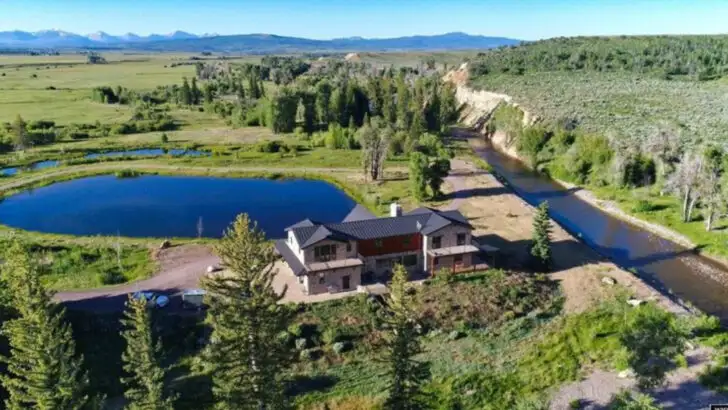Wyoming’s mountain towns are changing faster than the wind whipping across the high plains. One day they feel quiet and tucked away, and the next they’re buzzing with newcomers chasing big skies, clean air, and trails that promise freedom in every direction. With that rush comes a shift. Coffee shops fill earlier. Trailheads overflow. And the old rhythm of these places—slow, proud, stubborn—starts to pulse with new voices and fresh ambitions. Some locals welcome the energy. Some miss the stillness. Everyone feels the difference. From ski hubs gaining new lifeblood to tiny valleys suddenly packed with hikers, remote workers, and second-home owners, these 11 towns tell a story that’s equal parts growth, tension, and possibility.
Let’s head into the mountains and see how these once-quiet corners of Wyoming are being reshaped by the pull of the outdoors—and the people who can’t resist it.
Jackson (Teton County)
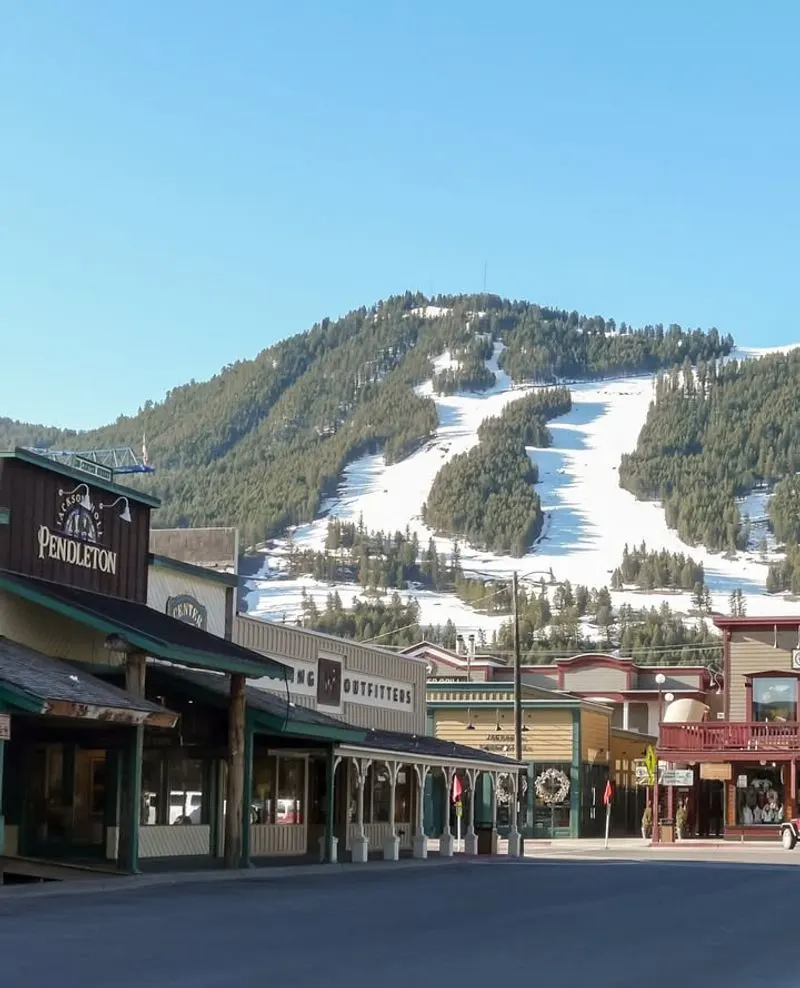
In Jackson, the allure of alpine adventures meets an influx of second-home buyers, driving housing prices sky-high. The bustling town square, framed by majestic peaks, now features a blend of luxury shops and charming eateries. Seasonal worker shortages add to the mix, creating a local debate about the valley’s future.
The community grapples with strained services, especially as tourism flourishes. Jackson’s identity balances between resort-driven growth and preserving its original charm. These changes invite conversations about sustainable development.
Despite challenges, Jackson remains a vibrant hub for outdoor enthusiasts and affluent newcomers seeking a unique mountain lifestyle.
Wilson (near Jackson Hole)
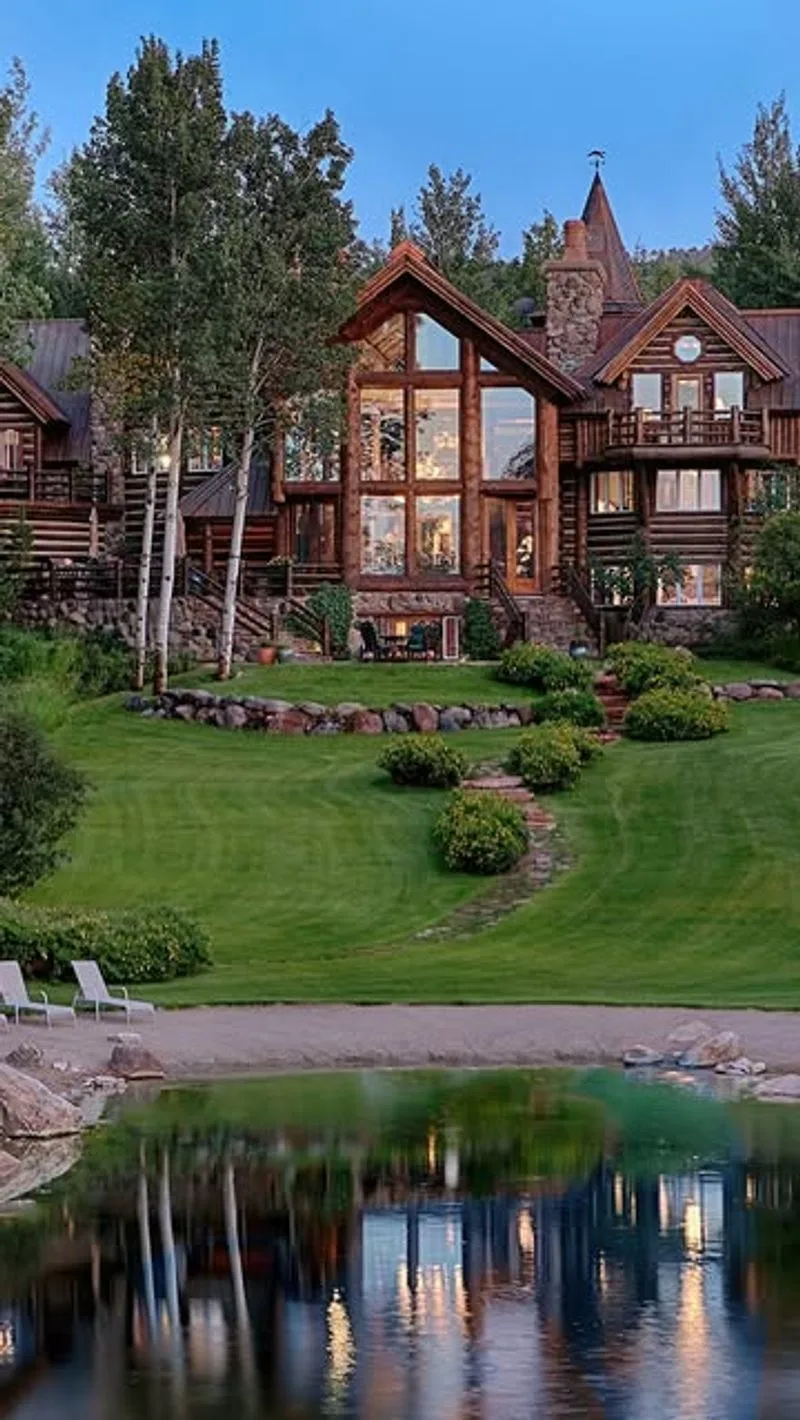
Once a serene bedroom community, Wilson now reflects the vibrant spillover from Jackson’s growth. The town offers a mix of luxury homes and trendy dining spots that hint at its evolving character. Locals express concerns about maintaining affordability and preserving its small-town essence.
New trails and outdoor amenities have attracted more visitors, enhancing Wilson’s appeal. The transformation is palpable as modernity blends with tradition, creating a unique atmosphere. Wilson’s future hinges on balancing development with community values.
As new faces arrive, the town’s identity continues to adapt, welcoming change while cherishing its roots.
Teton Village / Alta (ski-resort hub)

Nestled among snow-draped peaks, Teton Village and Alta thrive as ski-resort havens. Expansions and short-term rentals have elevated land values, making it a hotspot for high-end tourism. The local economy now revolves around ski seasons, drawing visitors from far and wide.
Year-round residents remain few, preserving a sense of exclusivity. The resort atmosphere transforms the town’s rhythm, intertwining luxury living with outdoor excitement. While tourism booms, the community reflects on sustainable growth.
The charm of these towns lies in their seamless blend of opulence and nature, attracting those seeking adventure and elegance.
Cody (East of Yellowstone)
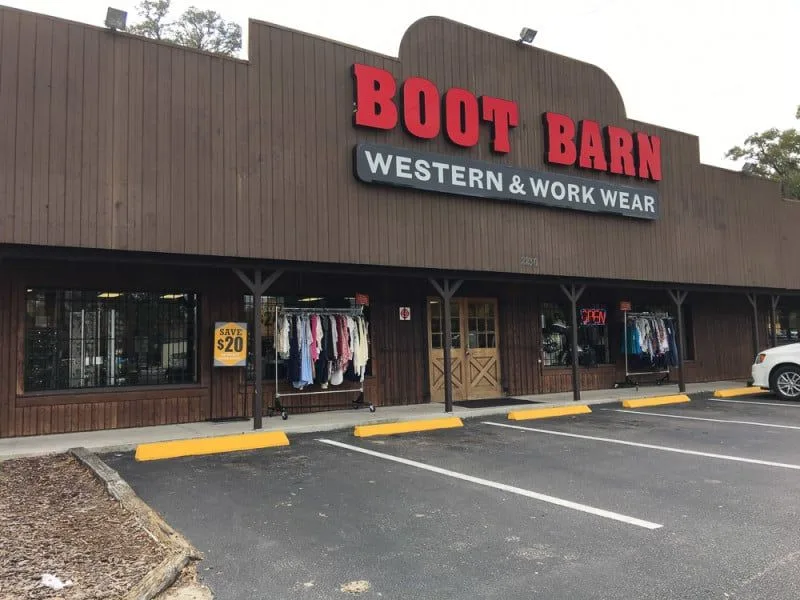
Cody’s allure lies in its Wild West heritage and proximity to Yellowstone. As more amenity-buyers flock here, the town has seen a surge in lodging growth and seasonal employment. Its historic streets hum with renewed energy and downtown reinvestment.
Visitors are drawn to Cody’s unique Western charm, which blends seamlessly with modern amenities. The community feels the impact of increased demand, prompting discussions on infrastructure and sustainability.
Cody’s vibrant history and scenic beauty continue to attract those yearning for adventure and nostalgia, reshaping its landscape and economy.
Pinedale (Wind River Range gateway)
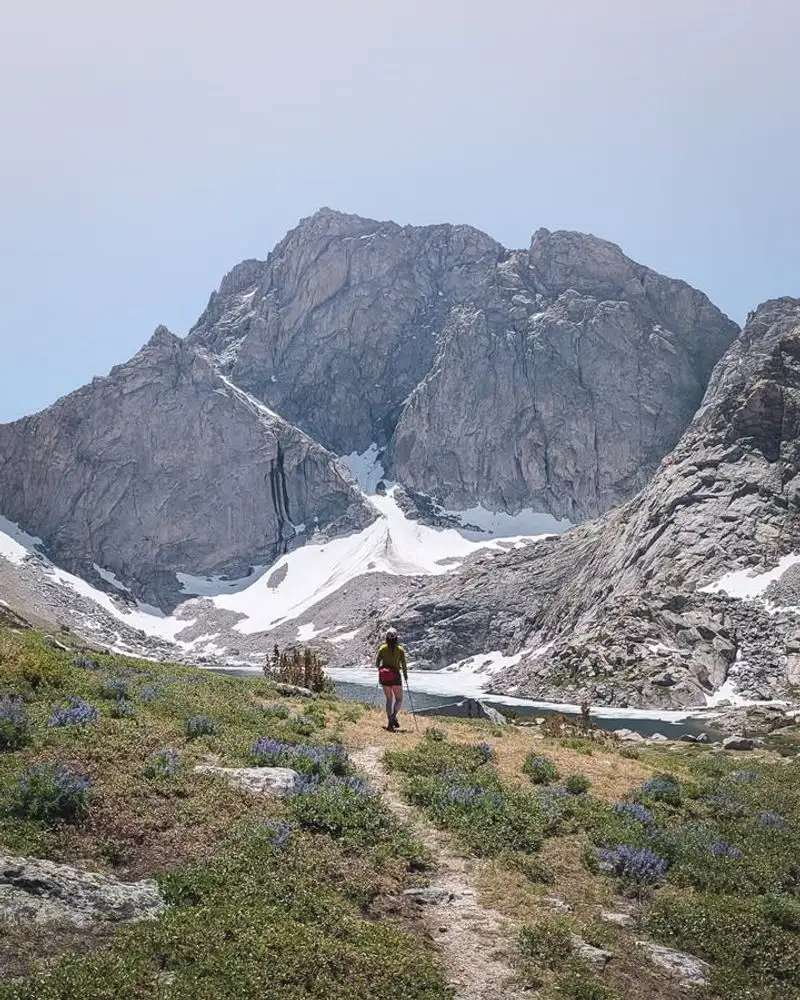
Pinedale’s gateway to the Wind River Range makes it a magnet for outdoor enthusiasts. Climbing, fishing, and alpine access have amplified interest in this quaint town. Future growth discussions center around housing and services to accommodate new residents.
The landscape is evolving with more outdoor shops and trail enhancements. Pinedale’s rustic charm intertwines with modern development, as projections suggest faster growth with strategic planning.
Residents embrace the outdoor lifestyle, welcoming changes while managing growth’s impact on the community. Pinedale remains a haven for adventurers seeking unspoiled natural beauty.
Lander (outdoor education & guiding hub)

Lander thrives as an outdoor education and guiding hub, attracting those passionate about adventure sports. With major outdoor-leadership programs, the town faces a workforce-housing crunch, sparking concern among locals.
The influx of outdoor enthusiasts has invigorated businesses but also highlighted housing challenges. Leadership programs anchor the community, providing opportunities and drawing visitors.
Lander’s future hinges on balancing growth with accessibility, ensuring it remains a beacon for outdoor education. The town’s spirit is embodied in its trails and educational pursuits, captivating residents and visitors alike.
Dubois (near Wind River/Absaroka)

Dubois embraces change with rising interest from amenity buyers and remote workers. Property values are climbing as renovations and new projects redefine its pace and retail offerings.
The town’s low density and serene surroundings appeal to those seeking tranquility. Dubois balances tradition with innovation, preserving its rugged charm while adapting to new demands.
The community thrives on its unique identity, welcoming newcomers who appreciate its history and beauty. As remote work trends continue, Dubois remains a picturesque escape for the modern wanderer.
Alpine / Star Valley (Southwestern gateway)

Alpine’s proximity to fishing, rafting, and trail systems has drawn second-home buyers, reshaping its riverfront lots. New construction projects reflect growing interest from neighboring states.
The town’s natural allure is complemented by upgraded main-street services, catering to both residents and tourists. Alpine’s evolution showcases a harmonious blend of nature and development.
Despite changes, the community remains grounded in its outdoor roots. As homes rise, so does the spirit of adventure, making Alpine a sought-after haven for nature lovers.
Buffalo (Bighorn Mountains gateway)
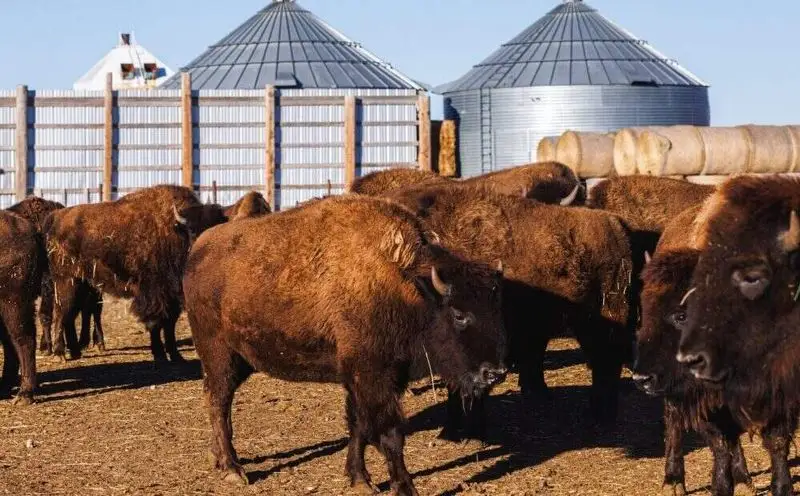
Buffalo’s scenic setting near the Bighorn Mountains attracts lifestyle migrants seeking a blend of tradition and modernity. The town carefully balances its ranching identity with new business investments.
Housing demand is on the rise as more people discover Buffalo’s natural beauty. The town’s historic charm intertwines with contemporary amenities, drawing a diverse crowd.
Preservation efforts ensure Buffalo retains its unique character, offering a welcoming environment for newcomers and locals alike. The vibrant landscape fosters a sense of community and exploration.
Sheridan (Bighorn foothills)
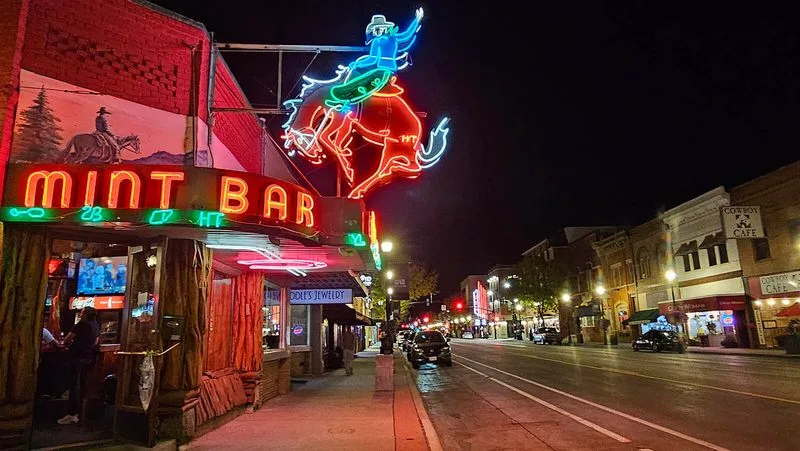
Sheridan’s appeal lies in its mountain-adjacent location and burgeoning arts and food scene. Newcomers are drawn to the town’s outdoor access and small-city amenities, boosting housing and commercial interest.
The community thrives on creativity and exploration, with artsy boutiques and bustling cafes. Sheridan’s growth is marked by a harmonious blend of tradition and innovation.
As housing markets expand, Sheridan remains committed to its cultural and natural heritage, welcoming those seeking a spirited and dynamic lifestyle. The town’s charm lies in its vibrant community and breathtaking surroundings.
Evanston / Bear River Range corridor
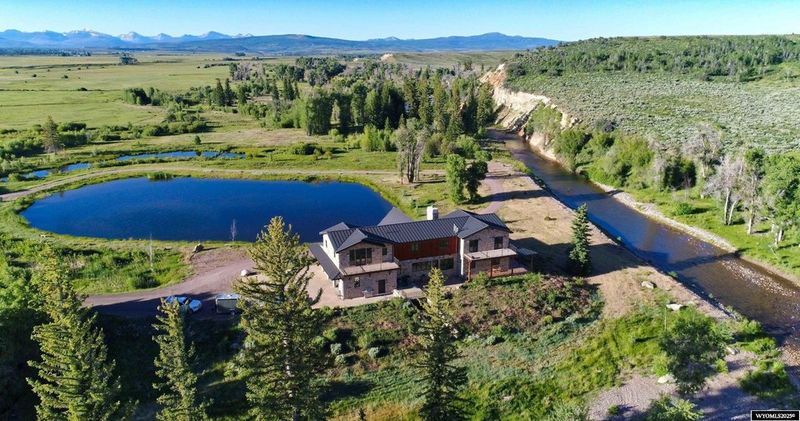
Evanston’s affordable mountain corridor draws commuters, remote workers, and outdoor seekers. Infrastructure upgrades are quietly transforming neighborhoods, enhancing accessibility and appeal.
The town’s charm lies in its balance of affordability and scenic beauty. Evanston offers a peaceful retreat while maintaining proximity to urban conveniences.
As real estate interest grows, the town’s identity evolves, embracing change while preserving its welcoming atmosphere. Evanston’s future is bright, with a community that values both nature and modern living.

